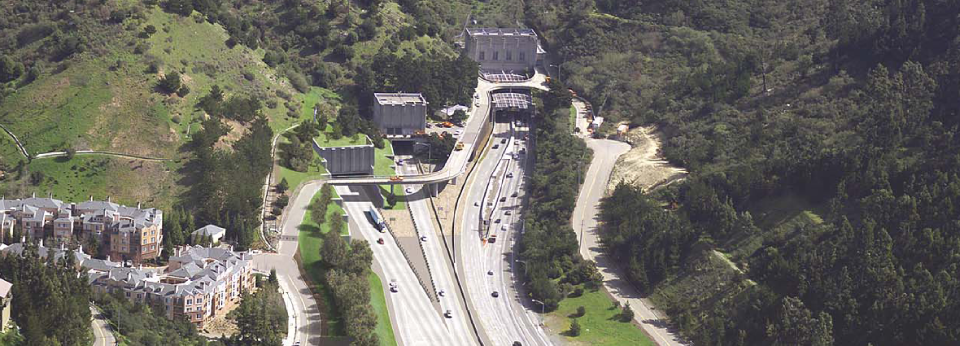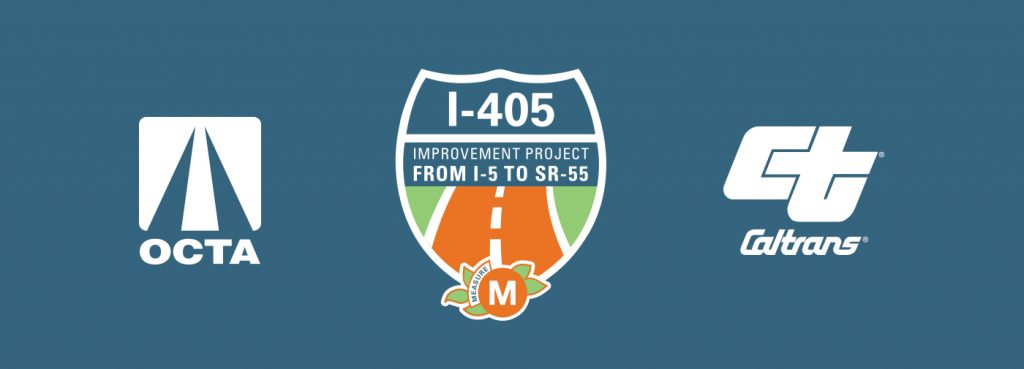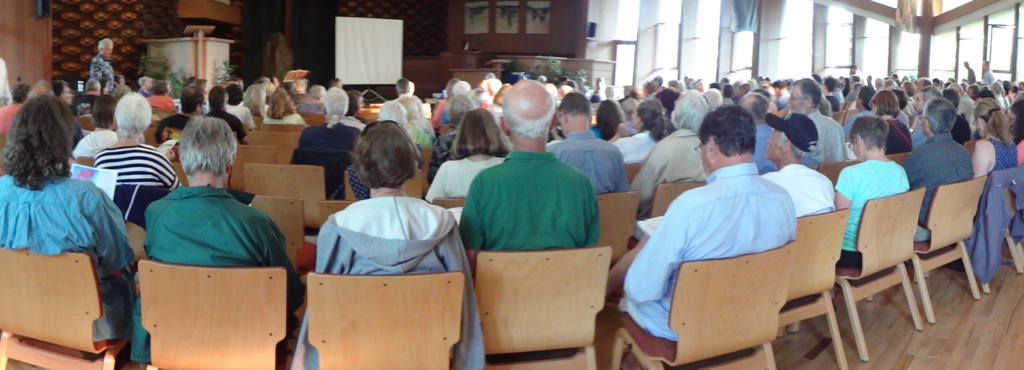Stretching from San Francisco to Los Angeles, the Coast Corridor railroad is a vital but often overlooked travel way for both passenger and freight uses. For many years, a coalition of agencies has sought to reinstitute daily passenger service (the “Coast Daylight”) to complement existing tourist-oriented service (“Coast Starlight”) between Seattle and Los Angeles.
The rail corridor traverses a complex array of land uses, including diverse urban areas, extensive agricultural and viticultural lands, smaller communities, military lands, oil/gas fields, and significant natural and cultural resources. Ultimately, these existing physical and social conditions pose a variety of complex challenges to the eventual expansion of rail facilities and services.
Circlepoint worked with a coalition of agencies led by the San Luis Obispo Council of Governments and the Federal Railroad Administration to study a series of rail system improvements related to the reinstitution of Coast Daylight service. Our approach identified program-level alternatives and assessed program-wide environmental impacts. We effectively took a “big picture” review of all potential improvements, identifying possible “showstopper” environmental, physical, or other issues. Our work aided SLOCOG to focus on the most feasible options and improvements for meeting the project purpose and need. To efficiently conduct this analysis within time and budget constraints, we made extensive use of Geographic Information Systems (GIS) data. Circlepoint also provided public outreach services, including public scoping meetings and stakeholder outreach.
The Draft EIS/EIR was published in November 2014. Circlepoint helped FRA prepare one of its first combined Final EIS/Record of Decision (ROD) documents under MAP-21 NEPA Streamlining provisions. The combined ROD/Final EIS/EIR was published in November 2015.





































































